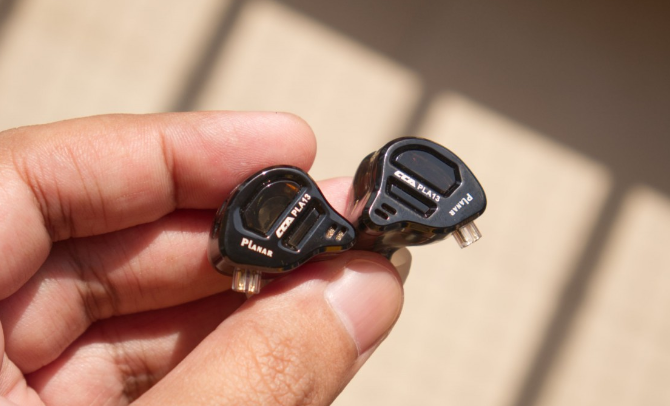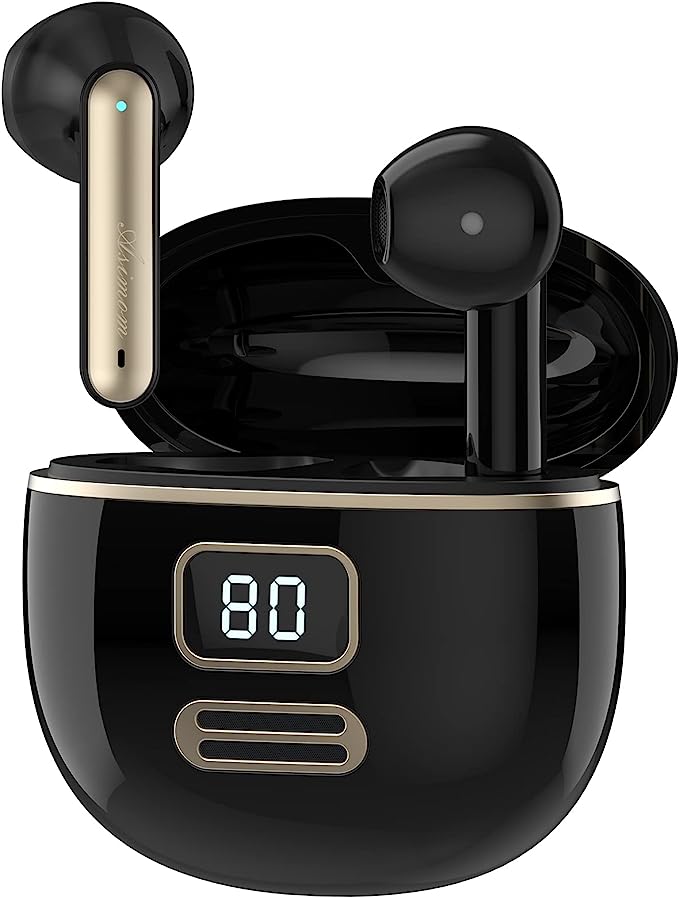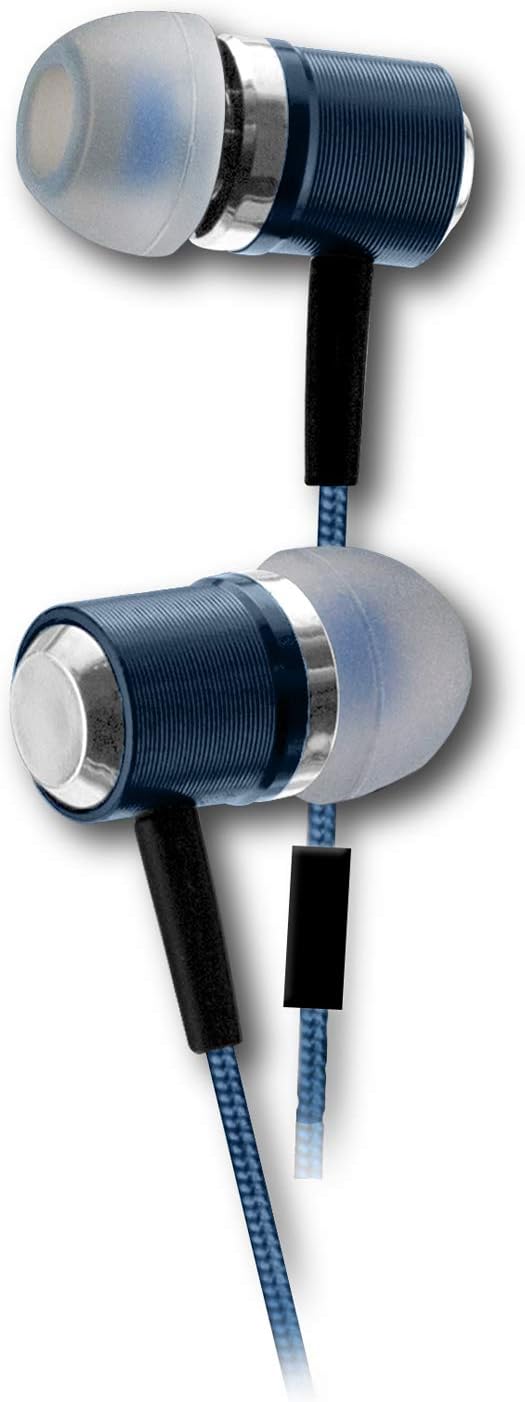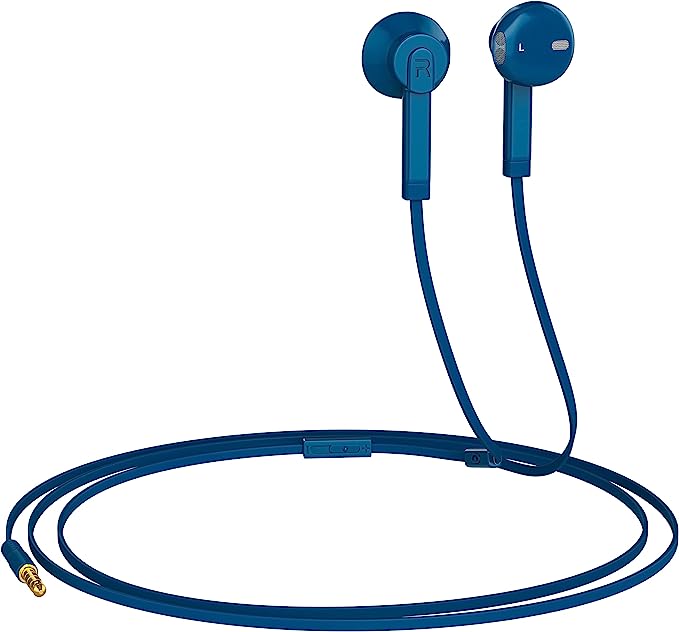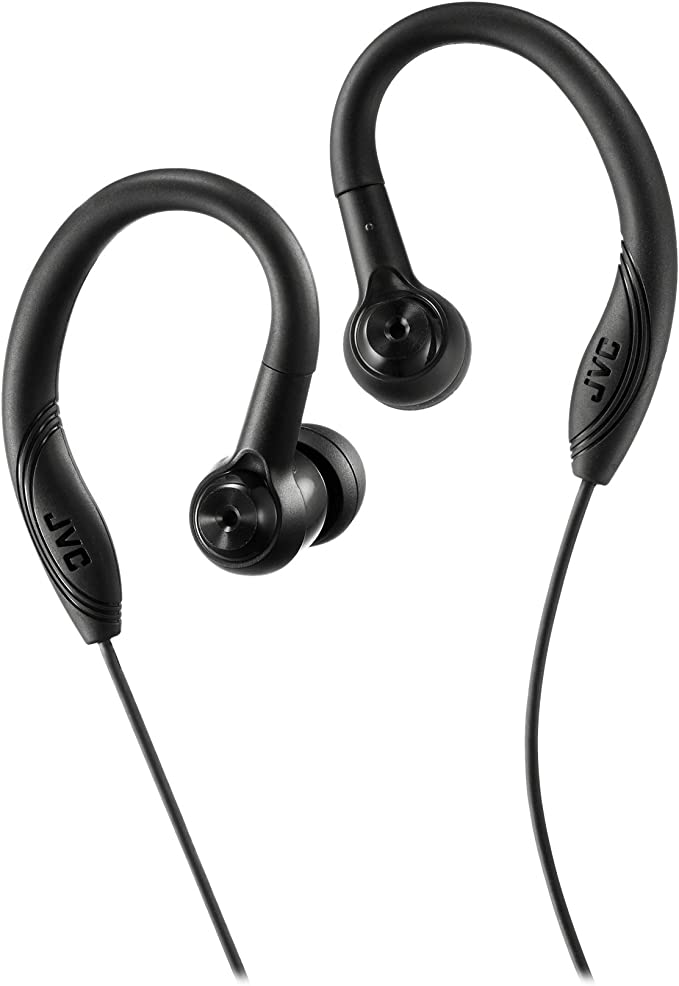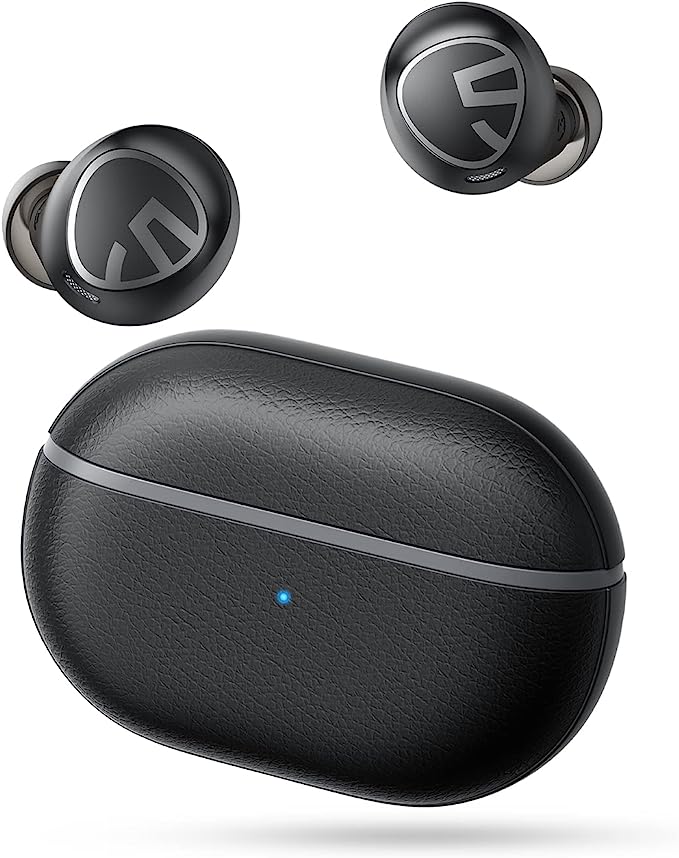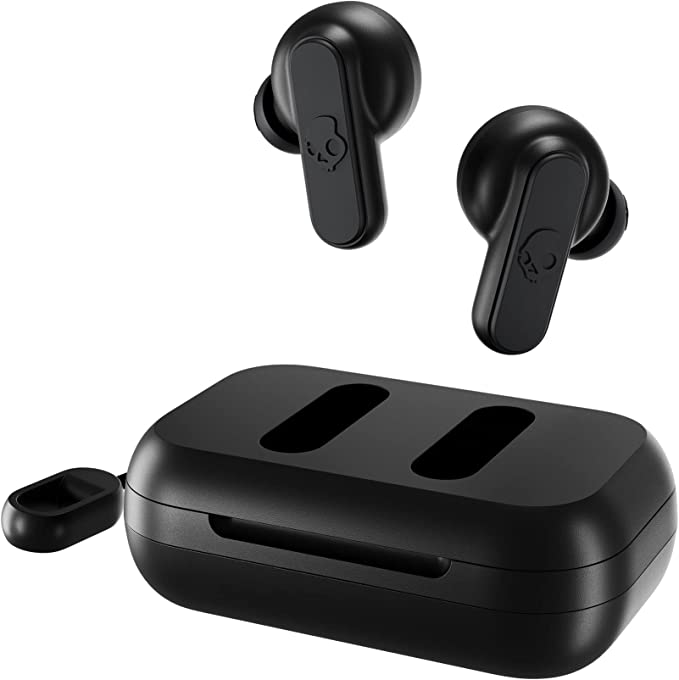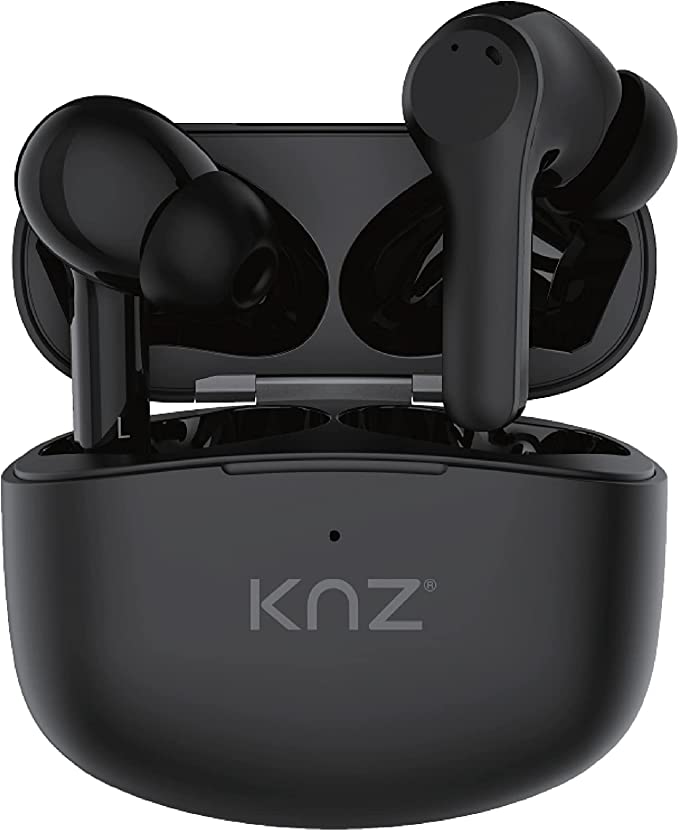The Open-Back Headphone Secret: Why the $40 Koss KPH40 Sounds So Expansive
Update on Oct. 29, 2025, 7:24 p.m.
It’s an intimidating world, the land of personal audio. You see pictures of headphones carved from rare woods, tethered by python-thick cables to glowing amplifiers, all adding up to a price that could buy a used car. It’s easy to believe that truly great sound is a luxury reserved for the few. But what if I told you the most important secret to expansive, natural-sounding audio isn’t about price, but about a single, fundamental design choice?
And what if I told you a simple, forty-dollar pair of headphones could teach you that entire lesson?
Meet the Koss KPH40 Utility. On the surface, it’s unassuming—impossibly light, with a minimalist stainless-steel band and simple foam pads. It doesn’t scream “premium.” But plug it in, and you’ll hear something that defies its appearance: a sound that is wide, effortless, and fundamentally correct. This isn’t just a great budget headphone; it’s a masterclass in acoustic engineering. It’s the perfect tool to understand the single biggest factor that separates “in-your-head” sound from a truly immersive soundscape: the open back.
The First Question: Open or Closed?
Before you ever look at a price tag, brand, or spec sheet, the most crucial question to ask when choosing headphones for critical listening at home is: are they open-back or closed-back? This one choice dictates more about the final sound than almost anything else.
Think of it this way:
-
A closed-back headphone is like singing in a small, soundproof closet. Your voice (the music) hits the walls and bounces right back at you. This design is great for isolation—it keeps your music in and the world out. But those internal reflections create pressure and resonance, often making the music feel congested and trapped directly between your ears.
-
An open-back headphone, like the KPH40 Utility, is like singing in an open field. The back of the earcups are perforated, allowing sound waves to escape freely into the space around you.
This simple act of “opening the back” does something magical. By eliminating that back wall, it prevents sound from reflecting back into the cup. This allows the driver (the tiny speaker inside) to move more freely, mimicking how we hear sound in the real world. Our brains are incredibly attuned to these cues. When the sound is free of artificial reflections and pressure, we perceive it as spacious, airy, and natural. The music is no longer confined to a line between your ears; it forms a wide, tangible stage around your head.

Of course, this is a very deliberate tradeoff. Open-back headphones leak sound and offer virtually no noise isolation. They are designed for quiet, dedicated listening spaces, not for your daily commute. But this isn’t a flaw; it’s the price you pay for acoustic purity. The KPH40 unapologetically chooses sound quality over universal practicality, and that is precisely what makes it so special.
A Legacy of “Less is More” Engineering
The driver inside the KPH40 isn’t a revolutionary new invention. It’s the product of over 60 years of refinement, a direct descendant of the technology that made the Koss PortaPro an icon. Since John C. Koss invented the world’s first SP/3 stereophone in 1958, the company has championed a philosophy of accessible high-fidelity.
This experience is on full display in the KPH40’s remarkably smooth and detailed sound. One of the biggest challenges in headphone design is something called cone breakup. Ideally, a driver should move back and forth like a perfect, rigid piston. But at very high frequencies, the driver material can start to flex and warp, creating chaotic vibrations that our ears perceive as a harsh, glassy, or sibilant treble.
High-end companies solve this with incredibly expensive materials like Beryllium. Koss, however, uses a more elegant solution born from decades of practice.
The KPH40’s driver is relatively small and made from a lightweight polymer. A smaller driver is naturally more rigid and less susceptible to flexing. By mastering the tuning of this specific driver architecture, Koss can control its behavior at high frequencies with incredible precision. The result is a treble that rolls off gently and naturally, delivering all the detail without ever becoming fatiguing. It’s a brilliant example of subtractive engineering: the clarity comes not from adding artificial sharpness, but from skillfully removing distortion.

Why “Utility” Matters in 2025
The final piece of this brilliant puzzle is its name: “Utility.” This points to its most forward-thinking feature—a detachable and interchangeable cable system. In an age where the universal 3.5mm headphone jack is disappearing, this is a masterstroke. A frayed cable no longer means a dead headphone; it means a simple, affordable replacement.
More importantly, it means adaptability. While the KPH40 comes standard with a 3.5mm cord, you can also get optional Lightning and USB-C Utility cords.
The USB-C cable is particularly clever. It’s not just a passive adapter; it contains its own tiny computer chip called a Digital-to-Analog Converter (DAC). Think of a DAC as a translator. It takes the digital 1s and 0s from your phone or computer and converts them into the smooth analog sound wave the headphone driver can understand. While your device has a built-in DAC, it’s often a noisy, compromised component. The Koss USB-C cable’s dedicated DAC provides a clean, high-resolution (24-bit/96kHz) signal path, bypassing your device’s internal electronics and delivering a purer sound. It’s a simple, brilliant solution that bridges the analog wisdom of the past with the digital reality of today.

The Freedom of “Good Enough”
The Koss KPH40 Utility isn’t flawless. Its build is minimalist, it offers no isolation, and its foam pads are a simple comfort. But its imperfections are honest. They are the direct results of a design laser-focused on one thing: delivering the most natural, engaging sound possible for the lowest cost.
It serves as a powerful reminder of the law of diminishing returns. In audio, once you reach a certain point of engineering excellence, every subsequent jump in price brings a smaller and smaller improvement in sound. The KPH40 lives right in that sweet spot, the point of maximum auditory joy for your dollar.
More than a product, this forty-dollar headphone is a key. It unlocks a fundamental understanding of what truly makes for great sound. It teaches that the pursuit of audio bliss isn’t about chasing ever-higher price tags, but about understanding a few core principles. In a world of overwhelming complexity, the KPH40 is a welcome permission slip to stop analyzing and simply, joyfully, listen.

